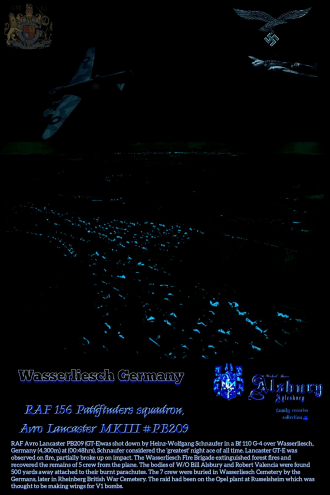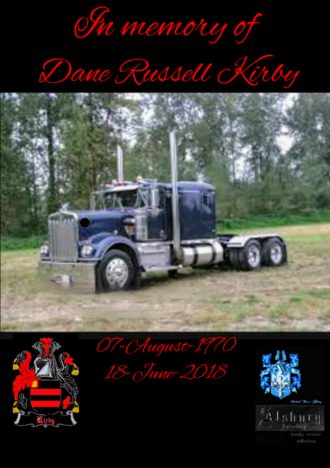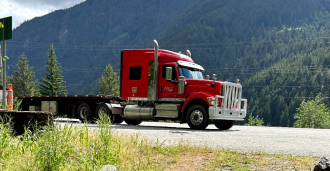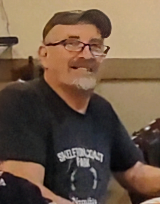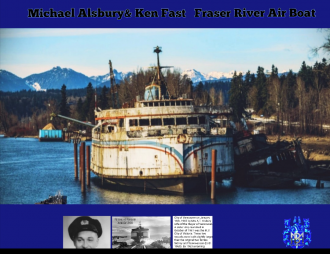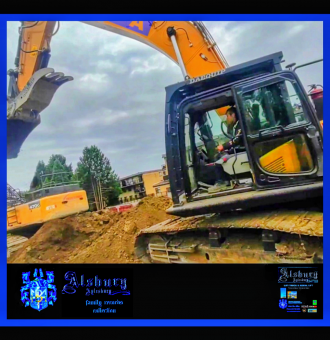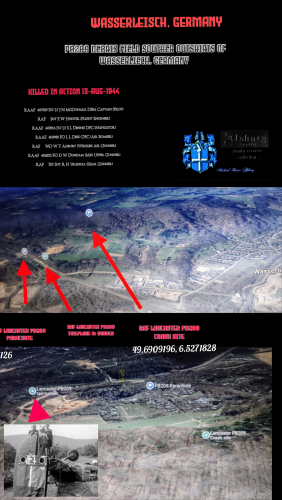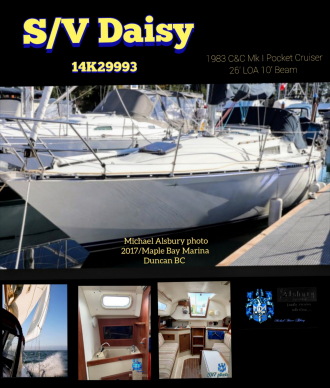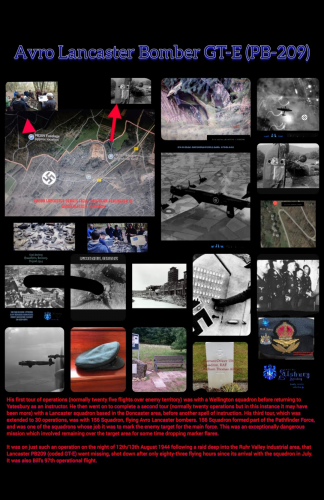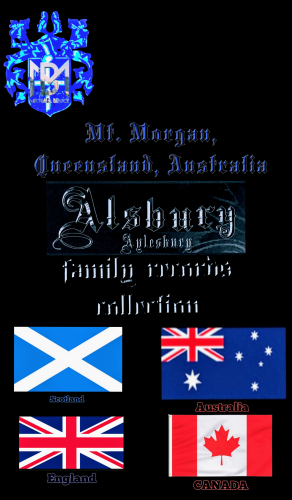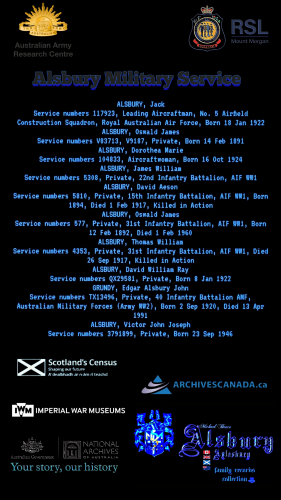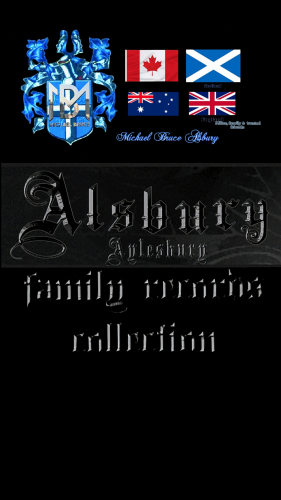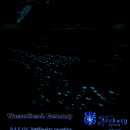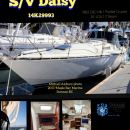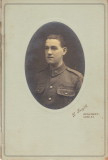Alsbury Family History & Genealogy
Alsbury Last Name History & Origin
AddSummary
Alsbury/Aylesbury
ALSBURY SURNAME HISTORY:
Geographic origin of Alsbury surname : Somerset & Buckinghamshire England, Leith, Edinburgh, Scotland
The surname Alsbury was first found in Buckinghamshire at Aylesbury, a borough, head of a union, in the hundred of Aylesbury. "This place appears to have been one of the strongholds of the ancient Britons, from whom it was taken in the year 571 by Cutwulph, brother of Ceawlin, King of the West Saxons; and to have had a castle of some importance, from which circumstance probably it derives its Saxon appellation Aeglesburge. In the reign of the Conqueror it was a royal manor." By the time of the Domesday Book of 1086, the place name was listed as Eilesberia and literally meant "stronghold or a man called Aegel. As far as the surname is concerned, the first record of the surname was found in 1188 when Richard of Aylesbury of Eynsham held estates in this region.
History
The Alsbury family name was found in the UK, Canada, Scotland and USA between 1840 and 1920. The most Alsbury families were found in United Kingdom in 1891. In 1840 there was 1 Alsbury family living in Illinois. This was about 50% of all the recorded Alsbury's in USA. The Alsbury surname had a number of spelling variants. William Aylesbury (brother to Francis Aylesbury Countess of Clarendon & William was the of Sir Thomas Aylesbury 1st Baronet the grandfather of Queens Ann & Mary) record's indicate William's son assumed the Alsbury surname variant. There are numerous branches of the Alsbury ancestry that used the two name variants.
Name Origin
The surname Alsbury was first found in Buckinghamshire at Aylesbury, a borough, market-town and the head of a union, in the hundred of Aylesbury."This place appears to have been one of the strongholds of the ancient Britons, from whom it was taken in the year 571 by Cutwulph, brother of Ceawlin, King of the West Saxons; and to have had a castle of some importance, from which circumstance probably it derives its Saxon appellation Aeglesburge. In the reign of the Conqueror it was a royal manor." By the time of the Domesday Book of 1086, the place name was listed as Eilesberia and literally meant "stronghold or a man called Aegel. " As far as the surname is concerned, the first record of the surname was found in 1188 when Richard of Aylesbury of Eynsham held estates in this shire.
Spellings & Pronunciations
==Alsbury Spelling Variations==
Alsbury has been spelled many different ways. Before English spelling became standardized over the last few hundred years, spelling variations in names were a common occurrence. As the English language changed in the Middle Ages, absorbing pieces of Latin and French, as well as other languages, the spelling of people's names also changed considerably, even over a single lifetime. Spelling variants included: Alsbury, Aylesbury, Aylesbery, Aylesbry, Ailsberry, Ailsbry, Ellsbury, Elsberry & few others.
Nationality & Ethnicity
Aylesbury, Buckinghamshire, England
Famous People named Alsbury
Early Notable Alsbury & Aylesbury family members:
==SIR THOMAS AYLESBURY 1ST BARONET(ENGLAND)==
Sir Thomas Aylesbury 1st Baronet(1576-1657) Surveyor of the Navy from 1628, Master of the Mint from 1635, and a patron of mathematical learning. He "was born in London in 1576, the second son of Sir William Aylesbury and Anne Poole. Sir Thomas Aylesbury, 1st Baronet was the Grandfather of Queen Ann & Queen Mary.
Anne's ancestors in three generations:
Anne of Great Britain Father: James II of England Paternal Grandfather:Charles I of England
(King) (King)
Paternal Great-Grandfather: James I of England Paternal Great-grandmother: Anne of Denmark
(King) (Queen of Scots)
Paternal Grandmother: Henrietta Maria of France Paternal Great-Grandfather: Henry IV of France
(Queen) (King) Paternal Great-Grandmother: Marie de' Medici
(Queen ofFrance)
Maternal Grand-Mother: Lady Anne Hyde Maternal Grandfather: Edward Hyde
(Dutchess of York) (1st Earl of Clarendon)
Maternal Grandmother: Frances Aylesbury
(Countess of Clarendon)
Maternal Great-Grandfather: Henry Hyde Maternal Great-Grandmother: Mary Langford
(2nd Earl of Clarendon) Maternal Great-grandfather: Sir Thomas Aylesbury Maternal Great-Grandmother: Anne Denman
(1st Baronet)
==HON. ALBERT THOMAS ALSBURY (Scotland/Canada)==
Albert Thomas Alsbury (21 April 1904 – 21 July 1990) was a Canadian politician, educator, and soccer player. He served as the 29th mayor of Vancouver, 15-July 1959 Royal visit to Vancouver, B.C. Canada Queen Elizabeth ii & Albert Thomas Alsbury opened the Queen Elizabeth Theatre in Vancouver, B.C. Mayor A.T. Alsbury remained in office from 1959 to 1962 and was a goalkeeper in the Pacific Coast League from the 1920s through to the early 1940s. Alsbury was born in Edinburgh, Scotland after which he moved to Vancouver in 1907. He studied education at the University of British Columbia, where he received a degree. He was later a vice-principal at Grandview High School of Commerce in Vancouver, before the school and himself were relocated to Vancouver Technical Secondary School.
Alsbury defeated Frederick Hume by 11,000 votes to become mayor. He left this office after 1962 and then worked for the University of British Columbia, although by that time his policies led to the loss of support from the Non-Partisan Association.
As Mayor in 1959, Alsbury helped kick off the new Pacific Coast Soccer League season at Callister Park.
He formed the senior citizen advocacy group Pensioners for Action Now in 1972. Tom enjoyed playing sports, athletic & a very strong swimmer. Fluent in 3 languages. He always encouraged furthering education, had a strong bond with his wife Mildred, children and 6 grandchildren.
==JAMES STEWART ALSBURY==
New Westminster, British Columbia, Canada
Governor Generals Member of the Order of Canada
Awarded on: July 4, 1978
Invested on: October 18, 1978
Retired worker in the lumber industry of British Columbia. For his thirty-five years of service as Commissioner, and latterly as Chairman, of the North Fraser Harbour Commission. He has enjoyed the respect of his colleagues, the industrial and shipping community and successive federal ministers of Transport. Alsbury also served as Coquitlam City Councilor.
==WILLIAM AYLESBURY==
AYLESBURY, WILLIAM (1615–1656), a translator from the Italian, who, although a supporter of Charles I, obtained an office under the Commonwealth, was the son of Sir Thomas Aylesbury (see Aylesbury, Sir Thomas; in 1628 he became a gentleman commoner at Christ Church, Oxford, and took his bachelor's degree in 1631, at the early age of sixteen (Wood, Fasti Oxon. i. 460). His sister Frances married Sir Edward Hyde, afterwards Lord Clarendon. Although possessing a large fortune, Aylesbury soon afterwards became, at the invitation of Charles I, governor to the young Duke of Buckingham and his brother. Lord Francis Villiers, and travelled with them through France and Italy. In 1640 Aylesbury was residing at Paris, and in his correspondence with his brother-in-law, Sir Edward Hyde, which is preserved in the Bodleian Library among the 'Clarendon Papers,' bitterly lamented the course of English politics under the Long parliament. In the middle of May 1641 he returned from Paris to London with the Earl of Leicester, the English ambassador at the French court, with whom he had been apparently living in an official capacity for some months (Cal. State Papers, 1640-1, pp. 558, 561, 562). Shortly afterwards he presented his former pupils to the King at Oxford, who promised him the next vacancy among the grooms of the chambers, but the promise was never fulfilled, and Aylesbury continued in the service of the Duke of Buckingham, as his agent, until the final defeat of the royalists.
During his interview with King Charles I, the King urged Aylesbury, who was well acquainted with Italian, to continue a translation of Davila's 'History of the French Civil Wars,' which he had just begun, and during the following years he was mainly engaged in the work; but he was only in England at intervals, and witnessed his royal patron's disasters from the safe distance of Paris or Rome. He and his friend, Sir Charles Cotterel, who materially aided him, received, however, frequent encouragement from the king. In spite of his political troubles, Charles, in fact, read through the whole of the manuscript before the book was printed. The translation was published with a dedication to the king in 1647, and bore the title, 'The Historic of the Civil Warres of France, written in Italian by H. C. Davila. Translated out of the originall.' London, 1647, fol.
On the fall of King Charles I, Aylesbury sought refuge with his father, first at Amsterdam, and afterwards at Antwerp; and he took under his protection his sister. Lady Hyde. But his poverty, caused by the confiscation of the property of his family, forced him in 1650 to return to England, and retiring to the neighbourhood of Oxford, he lived on the charity of his more fortunate friends. Early in 1656, however, he obtained theoffice of secretary to Major-general Sedgwick, who had just been appointed governor of Jamaica, and finally left England. For a few months he took an active part in the government of the island, but he died on 24 Aug. in the same year. A letter conveying the news of his death to Secretary Thurloe describes him as 'a man well versed in the weighty affairs of state, who in his counsels and advice, both to army and fleet, was very useful, for the want of which we shall have more and more to grieve.' Aylesbury's translation of Davila was republished in 1678 with a preface by Sir Charles Cotterel, who there claimed for himself the execution of the greater part of the original version.
==REV. THOMAS AYLESBURY(1597-1661)==
Thomas Aylesbury came from a family of minor gentry in Warwickshire. Baptised on July 17th 1597 in St Martin's, Birmingham, the church where his parents William and Dorothea married the previous October, he was the eldest of eight children. The evidence of parish registers at St Martin’s and of his brother William’s will, preserved at Worcester (though having suffered a little damage over the years), gives us some detail of the family.
Thomas and his brother, William, were educated at King Edward's School, Birmingham, whence Thomas matriculated as a pensioner at Christ's College, Cambridge, in March 1613. After taking his B.A. in 1615/6 he became incumbent of Curdworth, Warwickshire, on May 4th 1618 (at that time the patronage was a royal wardship during the minority of Edward Darcy), which benefice he seems to have held only for a year or so.
Described and as a 'stout and fearless Royalist and there is more to Thomas than these labels might simply afford.
Aylesbury’ activities in London seem to fall within just a few years but included several sermons from important pulpits. The text of a sermon 'Paganisme and Papisme' preached at the Temple Church on All Saints day 1623 was published with a dedication to Henry Wriothesley, Earl of Southampton. The two other published sermons were preached at Paul’s Cross, London, then a most sensitive pulpit in political terms.
Sir Richard Grobham wrote to John Davenant, Bishop of Salisbury, signifying the presentation of Thomas Aylesbury as Rector of Berwick St Leonard in Wiltshire in June 1624, but the institution appears not to have taken place until 25th June 1625. In the climate of Laudian-Arminian ascendancy, Aylesbury seems to have settled to the responsibilities of parish life and to continuing studies. In 1631 he was granted the Prebendary of Horningsham and Tytherington, one of three prebendaries of the collegiate church of Heytesbury, under the jurisdiction of the Dean of Sarum. Four years later, on 11th September 1635, Thomas Aylesbury, B.D., clearke, parson of Berwick St Leonard, was granted a licence to marry Joan Nosse, a 22yr old spinster, from the neighbouring parish of Maiden Bradley.
There is scanty evidence of events in the next few years, but it is apparent that a significant amount of time was devoted by Aylesbury to continuing studies and writing. Though the publication dates of his two books, the ‘Diatribe’ and ‘A Treatise of the Confession of Sin’ (the latter published anonymously), are 1659 and 1657 respectively, there is clear evidence of the substantial completion of the ‘Treatise’ during the later 1630’s.
The march of the New Model Army to Taunton in May 1645 stimulated a series of meetings in Wiltshire following which a popular levy was adopted in order to limit the plundering by both armies. Parochial clergy were particularly active amongst the Clubmen in Wiltshire. In July, Fairfax attacked Bridgwater: He intended to press ahead westward and eliminate Goring’s Army, but the threat of an unsettled line of retreat convinced Fairfax that he should deal with the Clubmen first. He had good reason for his decision taken at a council of war on Friday 25th July 1645.
When in July 1646 the Committee for Plundered Ministers took evidence regarding delinquent ministers one witness said that: 'the said Mr Aylesbury was very forward in the Club business'. Whether Thomas Aylesbury was amongst those taken at Shaftesbury, or later on August 4th at Hambleton Hill, near Shrawton, I cannot tell but the former seems more likely. He was certainly held in London for at least a year before being freed. The Committee for Plundered Ministers’ report to the House of Commons on 28th March 1646 refers to Mr Alesbury’s claim of a Prebendary at Heytesbury whence revenue of £10 per annum was reserved to be paid to the Minister of Heytesbury, Mr Gracious Frankelyn. During Aylesbury’s imprisonment in London, his wife, Joan, was granted funds to support herself and eight children. Thus on 12th June 1646 she was granted £16 per annum (one fifth of the rent of Kingston Deverill) and on 27th July of that year this income was supplemented by the granting of the residue of ‘all the tithes unto glebe lands and Easter booke’ of Kingston Deverill. By contrast with the family’s former income the deprivation was severe. It seems likely that Thomas Aylesbury, junior, who was to become Rector of Great Corsley was born in 1647/8 at Cloford following his father’s return from imprisonment in London.
In June 1660 the House of Lords moved that petitions of clergy be dealt with so as to restore them the benefits of their respective livings. Aylesbury had just been instituted to the living of East Knoyle, and now regained his livings at Berwick St Leonard and Kingston Deverill. Unfortunately he was now so low and week in health that he died by January 1661.
Interestingly we know that his grandson Thomas became an innkeeper in Devizes, and then Melksham in the early C18. One of the sources for this information is old insurance company records.
==MICHAEL ALSBURY==
(Virgin Galactic Test pilot)
Michael Alsbury (March 19, 1975 – October 31, 2014) was an American test pilot for Scaled Composites. He died on October 31, 2014, during test flight PF04 of the Virgin Galactic SpaceShipTwo VSS Enterprise.
Personal life:
Alsbury had been a flying enthusiast since childhood. He graduated from California Polytechnic State University with a Bachelor of Science degree in Aeronautical Engineering. Alsbury had been married to Michelle Saling for 12 years and had two children, aged 7 and 10, at the time of his death.
Career:
Alsbury joined Scaled Composites in 2001 and began working as a project engineer and pilot. In April 2013, he served as copilot to Mark Stucky on the first powered flight for VSS Enterprise and SpaceShipTwo.
At the time of his death, he had 1800 flight hours, 1600 of them as a test pilot and engineer with Scaled Composites.
In 2013, he received the Ray E. Tenhoff Award for the most outstanding technical paper at the Society of Experimental Test Pilots symposium along with Mark Stucky and Clint Nichols.
On October 31, 2014, Alsbury was test flying the Virgin Galactic SpaceShipTwo, VSS Enterprise with Peter Siebold. The craft broke up in-flight, resulting in a total loss of VSS Enterprise, which crashed in the California Mojave Desert. Alsbury was unable to exit the spacecraft, and his remains were found still strapped to his seat in the fuselage. The pilot, Peter Siebold, survived. It was the ninth time that Alsbury had flown aboard the aircraft.
==SIR KNIGHT JOHN Knight de AYLESBURY==
(Sheriff of Bedfordshire & Buckinghamshire)
Biography:
Birth and Parents:
John Aylesbury, Knt., was the son and heir of Thomas de Aylesbury and Joan Basset. He was baptized 6 May 1334 at Weldon, Northamptonshire.
On his father's death in 1349, William Shareshull secured John’s wardship and marriage from the Crown but later sold the wardship to William Clinton, Earl of Huntingdon.
Marriage and Children
John married first, before 29 September 1359 to Isabel, allegedly the daughter of Ebles le Strange, Lord Strange of Knockin. (See her profile for discussion.) John and Isabel had two sons, including:
Thomas, Knt., born about 1369 and died 9 September 1418; married first to Isabel ____ and second to Katherine Pabenham
John married second before November 1369 to Alice ______. On 7 May 1380, John and his wife Alice were mentioned as having debts of 10£ and 40£ in the county of Buckingham. They had no known issue.
Lands
John held lands including the manors of Milton Keynes, Bradwell and Broughton in Buckinghamshire; Rousham in Oxfordshire; and Aldbury and Tiscot in Hertfordshire, which were inherited on the death of his paternal grandfather, Sir Philip Aylesbury, in 1349. After making proof of age, John received seisin of his inheritance in 1355. In January 1361 John did homage and fealty to Edward, Prince of Wales, for the lands he held as the prince’s tenant.
After he had married, he settled on his wife in jointure the manor of Tiscot. In 1360 John filed a successful suit to gain title to an estate at Abinger in Surrey.
In 1391 John and his cousin John Kynvet claimed the estates of their cousin Ralph Basset, Knt., of Weldon, pursuant to a fine levied in 1339. The crown rejected their claim because Ralph Basset had left an heir, Richard, who was in the king's wardship at the time. They sued Richard in 1398, presumably for the same property. And in 1400, John Aylesbury was co-heir to his cousin - the same Richard Basset - who was murdered while on the highway leading through Whittlewood forest in Northamptonshire. From Richard, John inherited the manors of Drayton Beauchamp in Buckinghamshire; Pytchley in Northamptonshire; and Wilstone in Hertfordshire.
Career
John Aylesbury was Knighted by January 1361. He was Sheriff of Bedfordshire and Buckinghamshire, serving for 11 terms January 1390. He served on several commissions from 1370 to 1392 and served as a Justice of the Peace for Buckinghamshire from 6 December 1375 to 1382, and 18 September 1385 to November 1397 and as a tax surveyor there in August 1379.
Death:
John died on 7 December 1409 and was succeeded by his son, Sir Thomas Aylesbury(1369-1418), who was aged 35 and more at that time.
Sir Thomas "de Aylesbury"
==Biography==
Thomas Aylesbury was the son of Philip Aylesbury Knt., and Margaret Keynes, daughter and heiress of Robert de Keynes.
Thomas married Joan Basset, daughter of Ralph Basset and Joan, possible daughter of William Latimer.
Thomas Aylesbury and Joan Basset had one son together:
John Aylesbury.
He was born and baptised in Weldon, Northants on 6 May 1334. He married first before Michaelmas in 1359, Isabel. He may have had 2 sons. His known son was Sir Thomas Aylesbury.
Thomas predeceased his father, having died before Philip's IPM, held on 20 Aug 1349, leaving a son and heir, John Aylesbury, who became Philip Aylesbury's heir on Thomas, his father's death.[4]
Joan died before 14 July 1343.Her place of death and burial is unknown at this time.
Calendar of Inquisitions Post Mortem, Edward III
429. PHILIP DE AYLESBURY.
Writ, 20 August, 23 Edward III.
BUCKINGHAM. Inq. taken at Stonystratford, Wednesday after St. Bartholomew, 23 Edward III. (He is styled ‘knight’ in this inquisition.)
Middelton Kaynes. The manor ...held for his life of the king in chief by service of a knight’s fee. ..Philip and Margaret his wife gave the manor to John Thurbern, chaplain, who granted it to ...Philip and Margaret for their lives by fine in the king’s court, with remainder to Thomas their son and his heirs. ..Thomas died in the lifetime of Philip and so, after the said Philip’s death, the manor should remain to John son of the said Thomas and his heirs.
[Middelton Kaynes?] A messuage, 80a. arable, 4a. meadow, a water-mill and 13s. 4d. rent held for his life, of the grant of Robert de Broughton, by fine levied in the king’s court, of the earl of Oxford, ... ten marks yearly rent from a water-mill late of John de Somery of Neuport Paynel.
He died on 14 July last. John, son of the aforesaid Thomas, aged 13 years and more, is the said Philip’s heir. C. Edw. III. File 106.
Early Alsburies
These are the earliest records we have of the Alsbury family.

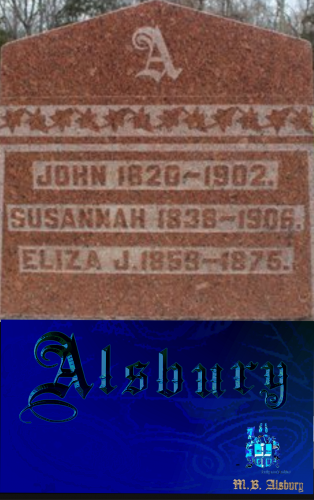

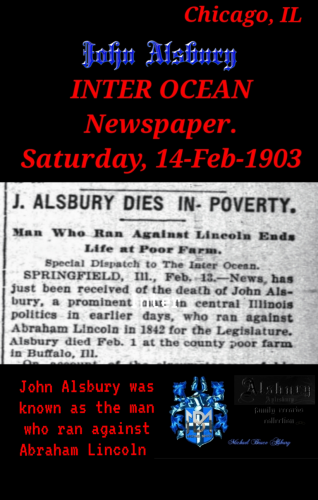

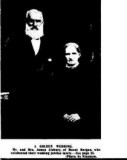

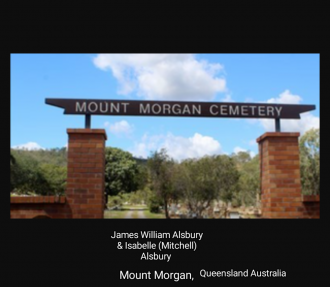

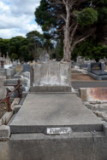

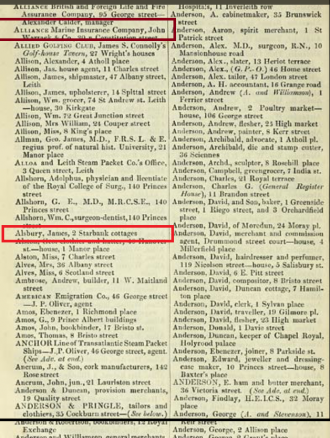

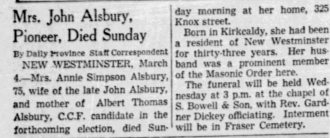

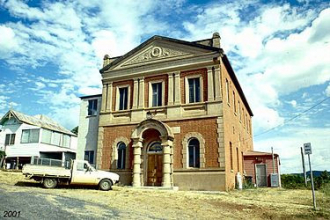


Alsbury Family Members
Alsbury Family Photos
Discover Alsbury family photos shared by the community. These photos contain people and places related to the Alsbury last name.






The man who ran against Abraham Lincoln.

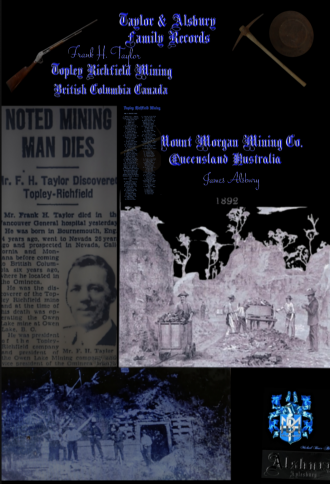

Alsbury Family Tree
Discover the most common names, oldest records and life expectancy of people with the last name Alsbury.
Updated Alsbury Biographies

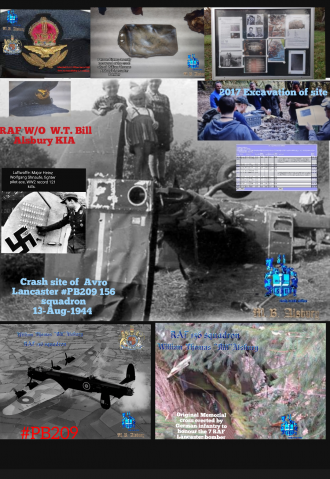





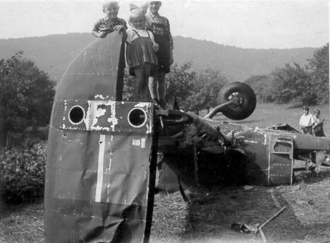

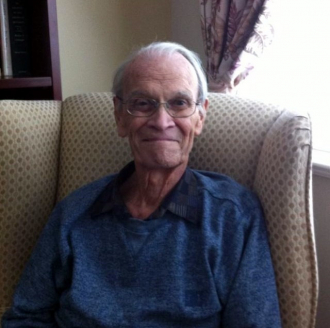





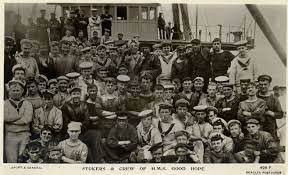





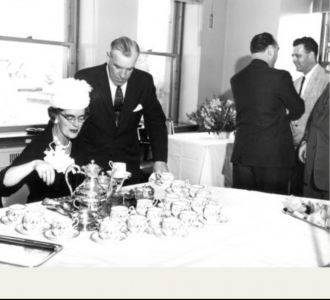





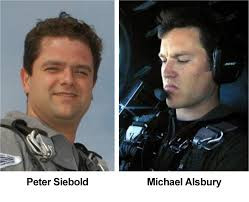
Popular Alsbury Biographies





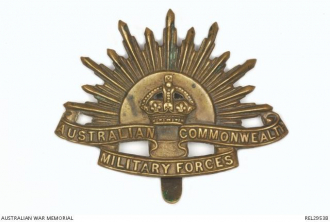









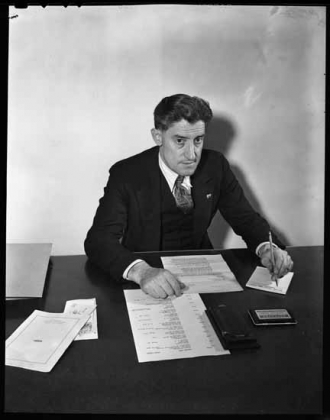







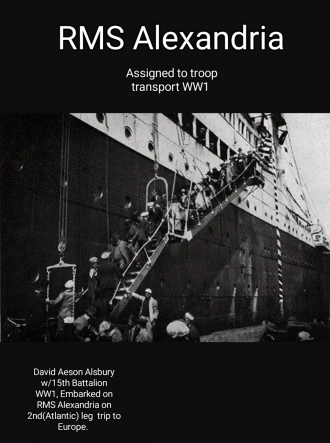

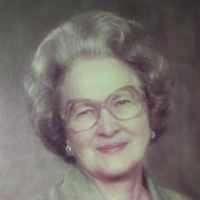

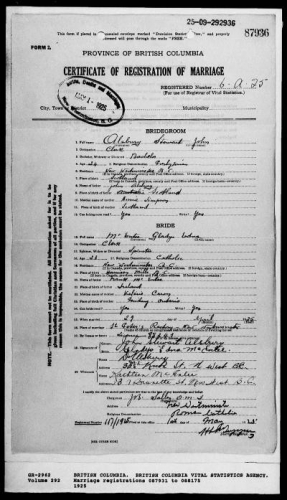


Alsbury Death Records & Life Expectancy
The average age of a Alsbury family member is 70.6 years old according to our database of 173 people with the last name Alsbury that have a birth and death date listed.
Life Expectancy
Oldest Alsburies
These are the longest-lived members of the Alsbury family on AncientFaces.
Other Alsbury Records
Share memories about your Alsbury family
Leave comments and ask questions related to the Alsbury family.
Followers & Sources


